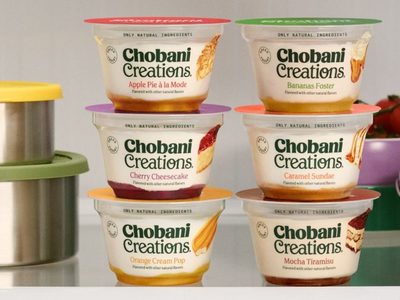
GLENDALE, CALIF. — For the parent company of Applebee’s Neighborhood Grill & Bar and IHOP restaurants, 2014 marked “a stellar year in many ways.”
Each chain posted its strongest sales in several years on new and improved menu items and other strategic initiatives.
For the fourth quarter ended Dec. 31, 2014, DineEquity, Inc. posted a net loss of $22,425,000, which compared with net income of $18,131,000 in the prior-year quarter. The loss was driven by a loss on extinguishment of debt and higher general and administrative expenses, which increased due to the timing of franchise conference expenses and personnel costs year-over-year. Revenues totaled $164,413,000, up 4.1% from $157,901,000 for the comparable period.
Net income for the year declined to $36,453,000, equal to $1.92 per share on the common stock, down 49% from $72,037,000, or $3.75 per share, the year before, but adjusted net income available to common stockholders increased 12% to $89,578,000, due to lower cash interest expense and higher segment profit. Revenues advanced to $654,988,000, up 2.3% from $640,467,000 for fiscal 2013.
Domestic system-wide same restaurant sales at IHOP increased 6.1% for the quarter, representing the highest quarterly sales increase since 2004, and 3.9% for the year. At Applebee’s, domestic system-wide same restaurant sales climbed 2.8% for the quarter, representing the strongest quarterly sales increase since 2011, and 1.1% for the year.
To build momentum in both businesses, DineEquity executives are focused on four priorities.
“Priority No. 1 is to drive higher growth from our existing brands,” said Julia Stewart, chairman and chief executive officer of DineEquity, during a Feb. 25 earnings call with financial analysts. “We are in the long-term brand building business. We have a lot of positives to build on at both brands as the fourth quarter’s results have shown.”
Efforts under way at Applebee’s include menu innovation, value proposition, advertising and media mix, and improvements to the bar business. The chain recently rolled out a bar snacks and pub plates promotion. The new platform of appetizers includes salsa verde brisket nachos, kobe-style meatballs, sriracha shrimp, double-crunch bone-in wings, pot stickers, and churro s’mores. Executives also hinted at testing craft beer in Applebee’s restaurants.
At IHOP, the growth plan includes improving in-restaurant operations, evolving a differentiated brand positioning and driving profitability for franchisees.
“Priority No. 2 is to drive an increase in franchisee restaurant development by enhancing our processes to be even more customer-centric,” Ms. Stewart said. “We know that restaurant economics are especially important to our developing franchisees so our broad thinking includes reviewing our brand prototypes to ensure that they are cost effective.”
The company’s third priority is maintaining strong financial discipline and controlling general and administrative expenses.
“And the overarching priority is to drive long-term shareholder value by generating strong free cash flow, the majority of which we intend to return to shareholders,” Ms. Stewart said. “We plan to do this through a sustainable capital allocation program. For most of the second half of 2014 we were unable to conduct any share repurchases mainly due to the unique circumstances related to the debt refinancing.”
For fiscal 2015, the company expects domestic system-wide same restaurant sales to range between 1% and 4% at Applebee’s and between 2% and 5% at IHOP.


